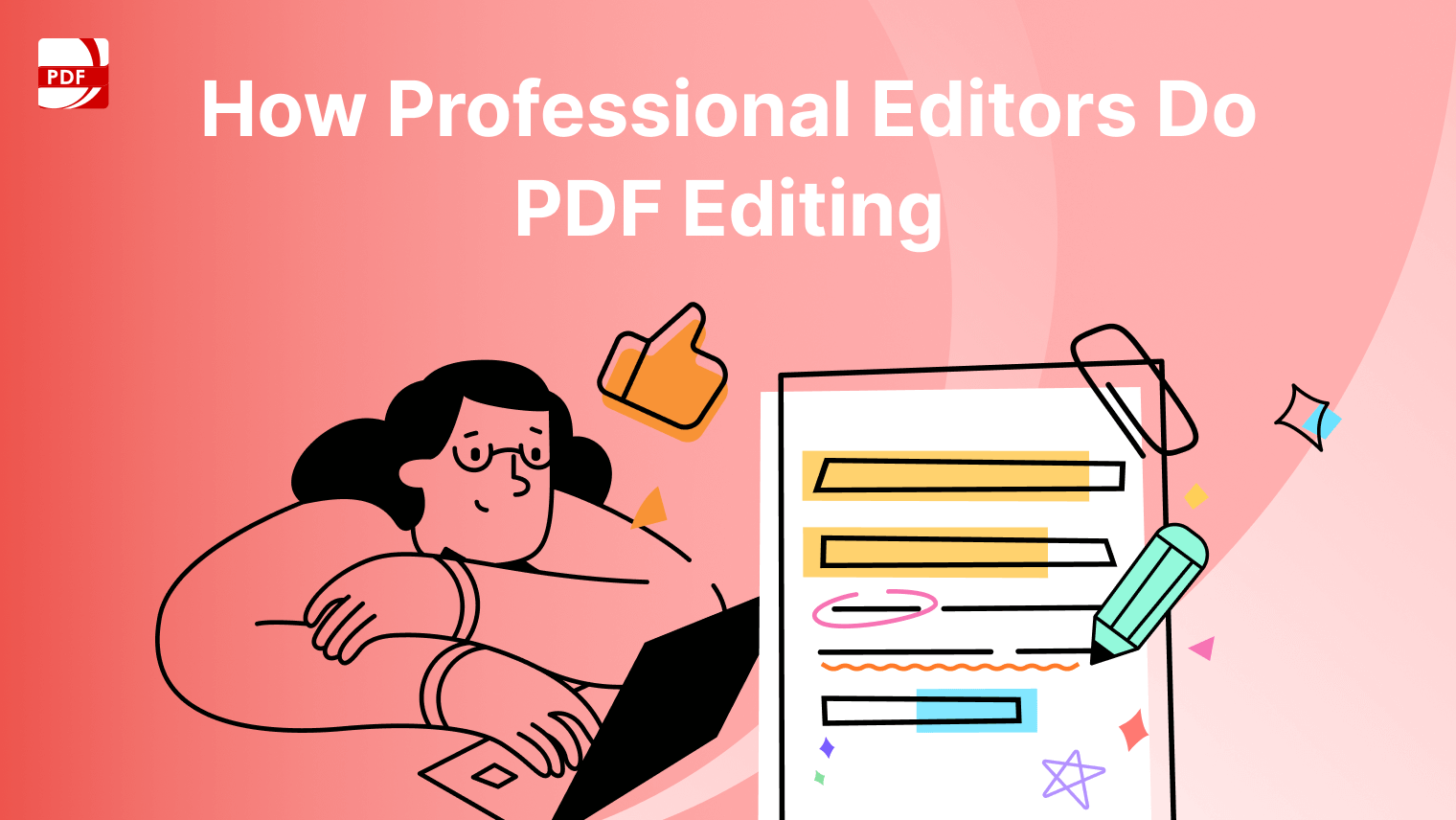PDF translation is crucial across various industries, especially in the era of economic globalization. Students often need to refer to international journal articles and academic reports to access a broader range of scholarly information. Similarly, cross-border contracts require bilingual versions to ensure better understanding and readability. Therefore, a document translation tool is important not only for students but also for businesses.
This article will provide you with a detailed guide on how to translate a PDF in different ways—translating a PDF online, using professional software, or translating with a device's built-in translation program.
Is There a Free PDF Translator?
There are many free PDF translators, including online tools or built-in programs like Preview. With these tools, you can quickly translate a PDF document without downloading additional software or paying any fee.
-
PDF Reader Pro Online Tool - Translate PDF Online
Go to the PDF Reader Pro official website to translate a PDF directly, without the need for a login or additional fees.
-
Open the website;
-
Click "Select File" to choose a PDF or Word document;
-
Select Translation Language. 25 languages are available for translation;
-
Then click Start Translating.
-
After downloading the document, you will receive an editable PDF file.

-
Translate a PDF with Preview (Mac Only)
Preview, the default PDF viewer on Mac, includes a built-in translation tool. While it doesn’t support full-document translation, it’s perfect for quick phrase or sentence translations in a PDF. Here’s how:
-
Select the text you want to translate, right-click, and choose "Translate";
-
View the result in the pop-up window.
How to translate a PDF with Professional Software
Apart from the free PDF translator, we also recommend some professional PDF translators, like PDF Reader Pro, which offers comprehensive translation solutions. You can quickly translate entire documents, specific sections, or even image-based PDFs—all with OCR-driven precision. How to translate a PDF in PDF Reader Pro? Following the Steps below.
Translate PDF with PDF Reader Pro
-
Click AI Tools at the left sidebar;
-
Choose AI Translate; You can translate the current PDF, select another file, or simply highlight specific paragraphs/sentences for translation.
-
Click Start to start translating;
-
Download the translated PDF, then you can easily edit, markup the PDFs according to your needs.

Many translation tools process standard documents well, but when it comes to a scanned PDF like an e-textbook or international journal, things get complicated. Why? Because they can't "read" the text—it's essentially just an image. In this case, you need a translation tool that can support the translation of scanned documents.
- Can PDF Reader Pro translate scanned PDFs?
Yes, PDF Reader Pro performs well in translating scanned PDFs, because it integrates the powerful OCR engine, which allows the software to recognize text in an image-based document. How to translate scanned PDFs with PDF Reader pro?
-
Open the scanned PDF with PDF Reader Pro;
-
Click Tools on the toolbar -> OCR;
-
Select OCR Language and Page Range, then click Apply.
-
Then switch to AI Tool. Click AI Tools in the left sidebar;
-
Tap AI Translate, and click Current File;

Other Free PDF Online Translators
In addition to the recommended translation tools above, we also suggest some well-known online translation services that offer free translations. We conducted in-depth testing on DeepL and Google Translate and provided insights based on our experience.
DeepL
As one of the world's most renowned translation tools, DeepL excels in text understanding, delivering high-quality translations. Therefore, we recommend using DeepL to translate PDFs online if your document is highly specialized or complex. However, DeepL has some drawbacks for the free users:
- The document can not exceed 5mb;
- 3 non-editable file translations per month (When you want to edit the text, a password requirement window will pop up to restrict editing permission);
- Watermarks will be added to the exported file.

Google Translate
Google Translate has no limitations on file size or amount. Therefore, if you have a large amount of documents to be translated, you can use Google Translate. You can also edit the files after translating. But its shortcomings are also quite apparent.
- The output format and layout may differ from the original document. Therefore, you may waste time adjusting the layout. Also, a cluttered layout can affect your reading and understanding of the text.
- Watermarks will be added to the exported file

Conclusion
In this article, we have introduced five free PDF translators to help you choose the best one based on your needs.
-
If you only need to quickly translate sentences or words within a PDF, Preview is the most convenient option.
-
For full-document translation, PDF Reader Pro, DeepL, and Google Translate are excellent choices.
-
If you frequently work with scanned documents or need to edit translated files, PDF Reader Pro is the best solution, as it can recognize text and quickly translate it into your preferred language.







 Support Chat
Support Chat